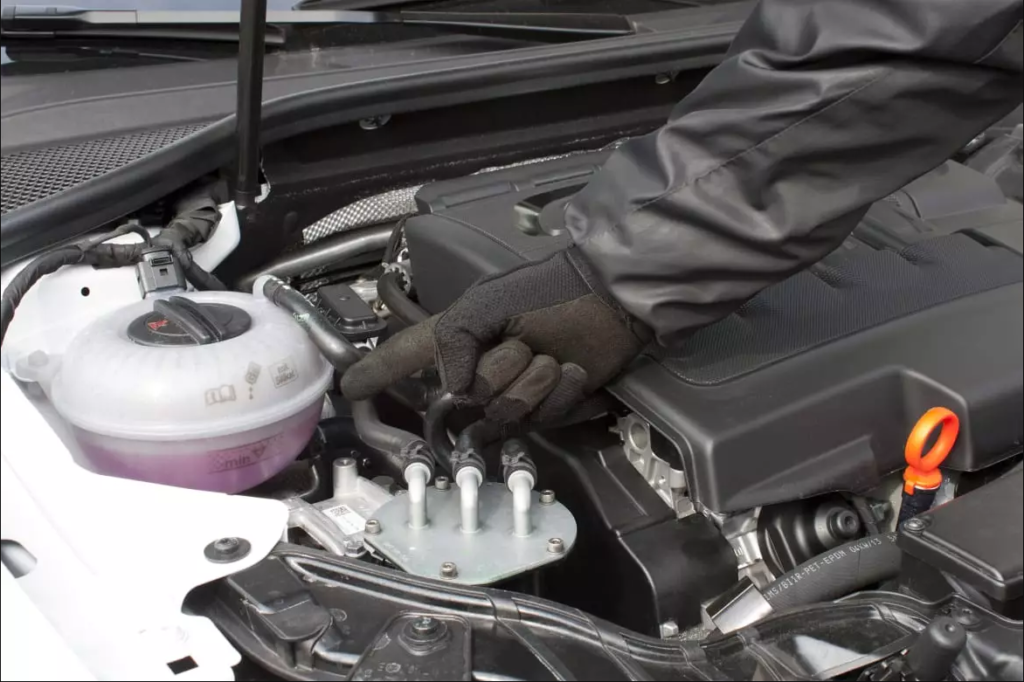
A vital part of any car’s cooling system is hose pipes. They assist in controlling engine temperature by moving coolant from the engine to the radiator and back. Nevertheless, hose pipes may deteriorate with time and develop leaks or cracks, just like any other component, which can cause coolant leakage and other issues. In this article, we’ll talk about the warning signs that a hose needs to be changed as well as how to prevent automotive hose pipe problems.
Regular Maintenance
The greatest approach to prevent hose pipe issues is to maintain your car’s cooling system on a regular basis. This entails inspecting the hoses for any breaks, leaks, or evidence of wear and tear. To accomplish this, look for any obvious damage on the hoses, feel for any soft places or bulges, or check for coolant leaks. You should carry out this recommendation about every six months or whenever your automobile is serviced.
Look for signs of wear and tear

Radiator hoses can deteriorate with time, particularly if they are subjected to high pressures or temperatures. Examining a rubber hose’s outside for cracks, splits, or bulges might help you determine how worn out it is. To prevent any potential coolant leaks or engine damage, it is essential to replace the hose right once if you observe any symptoms of wear and tear.
Verify for leaks
Checking for coolant hose leaks on a regular basis is another technique to prevent hose pipe issues. This may be done by looking for any traces of coolant, such as a puddle beneath the car or a pleasant scent, in the vicinity of the radiator hoses. Coolant leaks can be brought on by a number of things, such as frayed hoses, slack clamps, or broken couplings. It’s advisable to get your automobile serviced as soon as you discover any leaks in order to save further damage.
Replace Old Hoses
It is advised that you replace all of the rubber hoses in your cooling system if your vehicle is older than five years or has more than 100,000 miles on it. This is due to the fact that the rubber in the hoses may degrade with time, causing surface fractures or splits. You can prevent future radiator hose pipe issues and make sure your car’s cooling system is operating well by replacing all the rubber hoses at once.
Use High-Quality Hoses
It’s crucial to choose high-quality radiator hoses that are made to resist the pressures and temperatures of your car’s cooling system when changing the upper radiator hoses or lower radiator hoses on your vehicle. Although less expensive hoses could have a similar appearance to the originals, they might not be constructed from the same high-quality materials, causing early wear and tear or leaks. Only utilize radiator hoses that have been approved by the creator of your vehicle or a reputable repair.
In conclusion, regular maintenance, testing for wear and tear, checking for leaks, replacing old rubber hoses, and utilizing high-quality hoses are the keys to preventing hose pipe issues in your automobile. You can make sure your car’s cooling system is functioning well and prevent any potential engine damage or coolant leaks by according to these straightforward instructions. Don’t forget that when it comes to auto maintenance, prevention is always preferable to treatment, so don’t ignore your cooling system and keep an eye out for any warning indications.




0 Comments